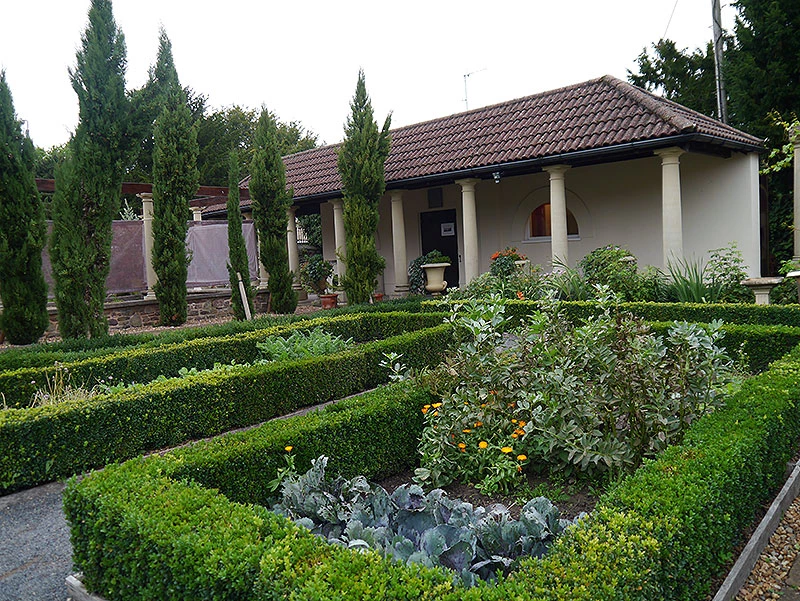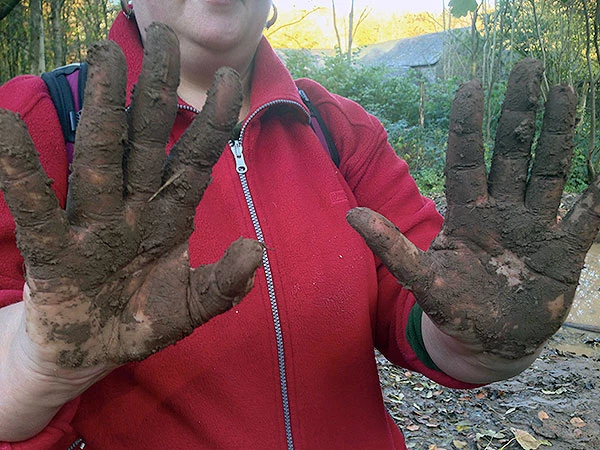Plants of Plenty
Where do peanuts and potatoes grow? What are tomatoes? Explore the imaginary mixed-up Plant of Plenty and learn more about the plants on your plate.
Beans are the seeds of a bean plant and they grow in a pod. Sometimes we eat the pod as well. Beans belong to the same plant family as peas.
Tomatoes are the fruits of a tomato plant. If you slice a tomato, you can see the seeds inside. Tomato growers use bumblebees in their greenhouses to pollinate the flowers to produce tomatoes.
Plums are fruits. The stone inside a plum is the seed. The tasty fleshy part is to attract animals (including us!) to help spread the seeds.
Cloves are flowers. These whole cloves are dried flower buds of a tropical tree. Most cloves are produced in Indonesia where people harvest them by hand and dry them in the sun.
We eat leaves of herbs. Oregano and mint have aromatic leaves. People all over the world use herbs to make teas or to flavour their cooking. Scientists think the essential oils that give the leaves their scent may have evolved to stop animals eating them.
We eat the leaves of onions, leeks and chives. Think of how you can peel away an onion’s layers. Each layer in the onion is a specialised leaf that the plant uses to store food and water. In legend, St David told Welsh soldiers to wear leeks. That way they could identify each other easily in battle.
Carrots are roots. We grow so many carrots in the UK that we are the 5th largest producer in the world. The ancestors of today’s carrots were purple or yellow. Then plant breeders developed orange carrots and they became popular.
Potatoes are underground stems. Potato plants store carbohydrate (starch) in these special underground stems called tubers. Potatoes are in the same plant family as tomatoes, peppers and chillies.
Peanuts are seeds. Peanuts are harvested from underground. When insects pollinate the flowers of the peanut plant, pods develop with the nuts (seeds) inside. Slowly the pods are pushed down into the ground as the stalk on the pod grows longer.


